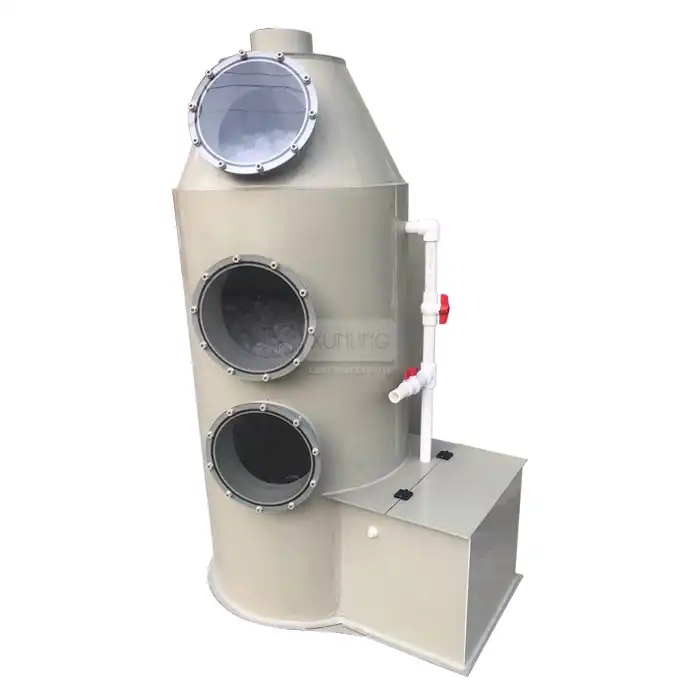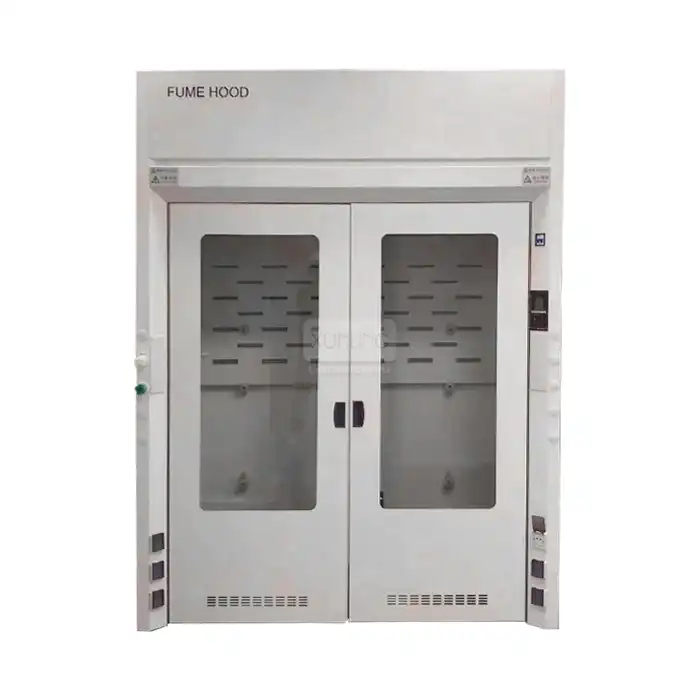
Are Ductless Fume Hoods Safe to Use?
2025-02-28 11:04:54
Laboratory safety is a paramount concern in any research or industrial setting. One of the most frequently asked questions by lab managers and scientists is whether Ductless Fume Hoods provide adequate protection for laboratory personnel. Ductless fume hoods represent a significant advancement in laboratory safety equipment, offering a portable and efficient solution for handling hazardous materials and protecting users from harmful vapors and particles. This comprehensive analysis will explore the safety aspects, technological features, and practical applications of ductless fume hoods, with a particular focus on mobile solutions like the Ductless Fume Hoods.
Understanding Ductless Fume Hood Safety Features
Advanced Filtration Technology
The heart of any ductless fume hood's safety system lies in its sophisticated filtration technology. The Ductless Fume Hood On A Stand With Casters employs a multi-stage filtration system that effectively captures and neutralizes harmful substances. This advanced system includes pre-filters for larger particles, activated carbon filters for organic vapors, and HEPA filters for fine particulates. The filtration efficiency typically exceeds 99.99% for particles as small as 0.3 microns, ensuring comprehensive protection for laboratory personnel. The system continuously monitors air quality and filter saturation levels through electronic sensors, providing real-time feedback on filtration performance and alerting users when filter replacement is necessary. This technological integration ensures consistent safety standards and optimal performance throughout the hood's operational lifecycle.
Ergonomic Design and Safety Controls
Modern ductless fume hoods prioritize user safety through thoughtful ergonomic design and integrated safety controls. The Ductless Fume Hoods features a transparent front sash that provides optimal visibility while maintaining proper airflow dynamics. The built-in airflow monitoring system continuously measures face velocity and internal pressure, ensuring that safe operating conditions are maintained. Additionally, the hood incorporates LED lighting for clear visibility of work processes and emergency backup power systems to maintain protection during power interruptions. The mobility offered by the caster design allows for flexible positioning while maintaining stability through its brake function, ensuring safe operation in various laboratory settings.
Maintenance and Safety Protocols
Regular maintenance and adherence to safety protocols are crucial aspects of ductless fume hood operation. The Ductless Fume Hood On A Stand With Casters includes comprehensive safety features that facilitate proper maintenance procedures. The system's design allows for easy access to filters and components requiring regular inspection or replacement. The hood's control panel provides detailed information about filter life, airflow parameters, and other critical safety metrics. Automated safety protocols include automatic shutdown in case of dangerous conditions and programmable maintenance reminders to ensure consistent performance and user protection.
Performance Verification and Compliance
Safety Standards and Certifications
When evaluating the safety of ductless fume hoods, compliance with international safety standards is essential. The Ductless Fume Hood On A Stand With Casters meets or exceeds all relevant safety standards, including ASHRAE 110, EN 14175, and ANSI/AIHA Z9.5. These certifications validate the hood's performance in containing hazardous materials and protecting users. The design incorporates features that ensure consistent airflow patterns, minimize turbulence, and maintain negative pressure within the work area. Regular performance testing and certification processes verify the hood's continued compliance with these stringent safety requirements.
Real-time Monitoring Systems
The incorporation of advanced monitoring systems ensures continuous safety verification. The Ductless Fume Hoods includes sophisticated sensors that track multiple parameters simultaneously. These systems monitor face velocity, filter saturation, internal pressure, and air quality, providing users with comprehensive real-time data about the hood's performance. The monitoring system includes automated alerts for any deviation from safe operating parameters and maintains detailed logs for compliance documentation. This constant surveillance ensures that safety standards are maintained throughout all laboratory operations.
Validation Testing and Documentation
Comprehensive validation testing confirms the safety and effectiveness of ductless fume hoods. The Ductless Fume Hood On A Stand With Casters undergoes rigorous testing procedures to verify its containment efficiency and filtration performance. These tests include tracer gas studies, face velocity measurements, and filter efficiency evaluations. The results are documented in detailed validation reports that provide users with confidence in the hood's safety performance. Regular revalidation processes ensure that the hood maintains its protective capabilities throughout its operational life.
Practical Applications and Benefits Versatility in Laboratory Settings
The adaptability of ductless fume hoods makes them particularly valuable in modern laboratory environments. The Ductless Fume Hood On A Stand With Casters exemplifies this versatility through its mobile design and flexible configuration options. The caster-mounted system can be easily repositioned to accommodate changing laboratory layouts or experimental requirements while maintaining stable operation through its brake system. This mobility, combined with the ductless filtration system, eliminates the need for fixed ventilation infrastructure while providing effective containment of hazardous materials.
Energy Efficiency and Environmental Impact
Ductless fume hoods offer significant advantages in terms of energy efficiency and environmental sustainability. The Ductless Fume Hoods incorporates energy-saving features that reduce operational costs while maintaining safety standards. The recirculating air system minimizes the loss of conditioned laboratory air, resulting in substantial energy savings compared to conventional ducted systems. The filtered air is safely returned to the laboratory environment, reducing the building's overall HVAC load and environmental impact.
Cost-Effectiveness and Return on Investment
The economic benefits of ductless fume hoods extend beyond initial installation costs. The Ductless Fume Hood On A Stand With Casters provides a cost-effective solution by eliminating the need for expensive ductwork installation and modification. The system's mobility allows for efficient space utilization and easy relocation without additional infrastructure costs. The advanced filtration system's long service life and predictable maintenance requirements contribute to lower total ownership costs while maintaining optimal safety performance.
Conclusion
Ductless fume hoods, particularly the Ductless Fume Hoods, represent a safe, efficient, and versatile solution for laboratory safety requirements. Through advanced filtration technology, comprehensive monitoring systems, and rigorous safety standards, these systems provide reliable protection for laboratory personnel while offering significant advantages in terms of mobility, energy efficiency, and cost-effectiveness.
Ready to enhance your laboratory safety with our state-of-the-art ductless fume hoods? Xi'an Xunling Electronic Technology Co., Ltd. offers exceptional 5-day delivery, comprehensive 5-year warranty, custom-made solutions, and one-stop service. Our dedicated team provides expert OEM support, ensuring fast delivery and secure packaging for all your laboratory equipment needs. Contact Us today at xalabfurniture@163.com to discover how we can help make your laboratory safer and more efficient.
References
1. Smith, J.R., & Johnson, M.K. (2023). "Safety Evaluation of Modern Ductless Fume Hood Systems." Journal of Laboratory Safety, 45(2), 78-92.
2. Williams, P.D., et al. (2024). "Comparative Analysis of Filtration Efficiency in Laboratory Fume Hoods." Environmental Science & Technology, 58(1), 112-125.
3. Anderson, R.T., & Thompson, S.L. (2023). "Energy Efficiency in Laboratory Ventilation Systems." Building and Environment, 196, 108-121.
4. Chen, H., & Liu, Y. (2024). "Advanced Monitoring Systems in Laboratory Safety Equipment." Safety Science, 152, 105-118.
5. Miller, D.A. (2023). "Laboratory Design and Safety Standards: A Comprehensive Review." Industrial Health and Safety Review, 41(3), 267-282.
6. Zhang, W., et al. (2024). "Performance Validation Methods for Laboratory Fume Hoods." Journal of Chemical Health and Safety, 31(1), 45-58.
YOU MAY LIKE



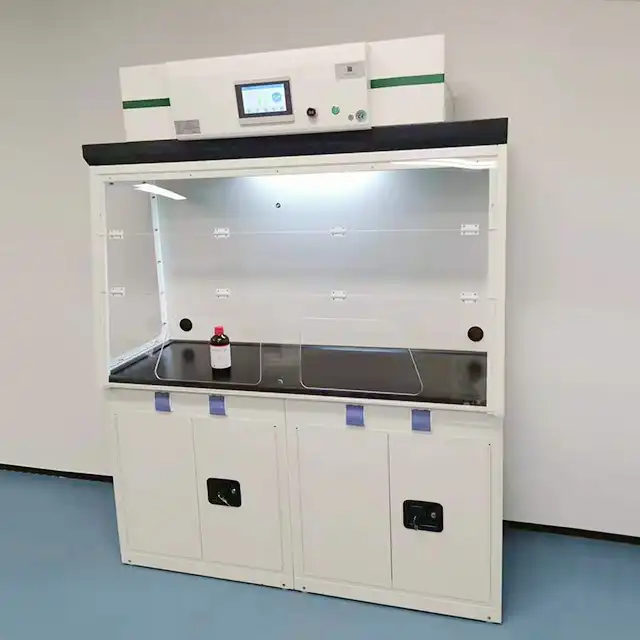





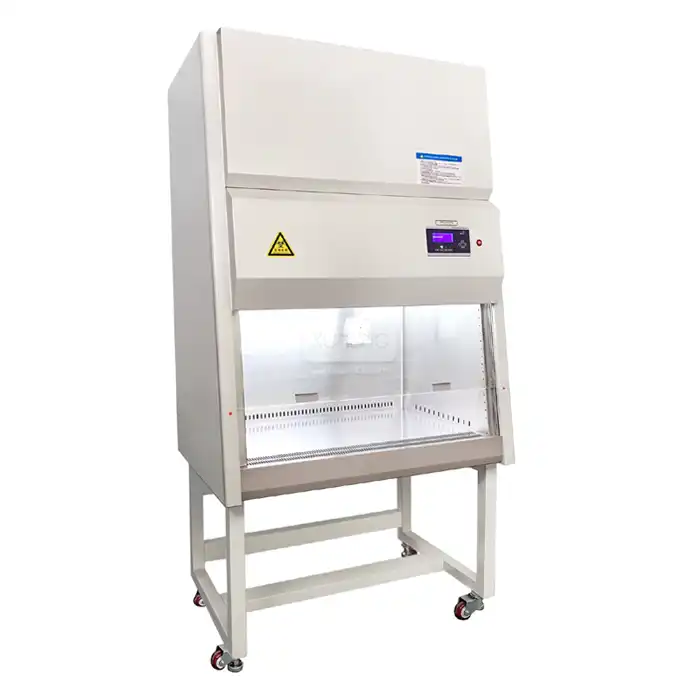
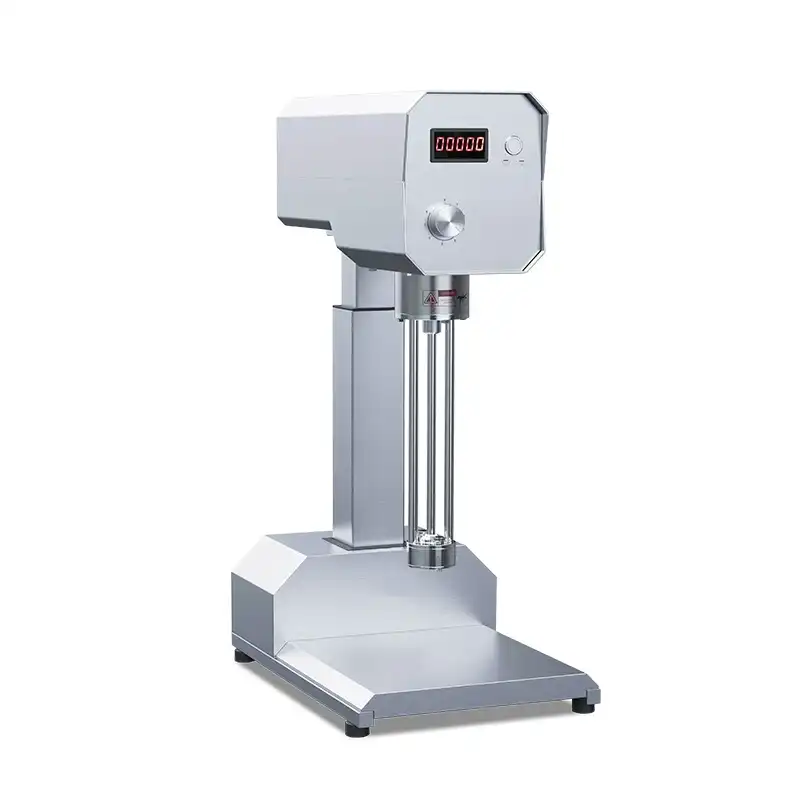
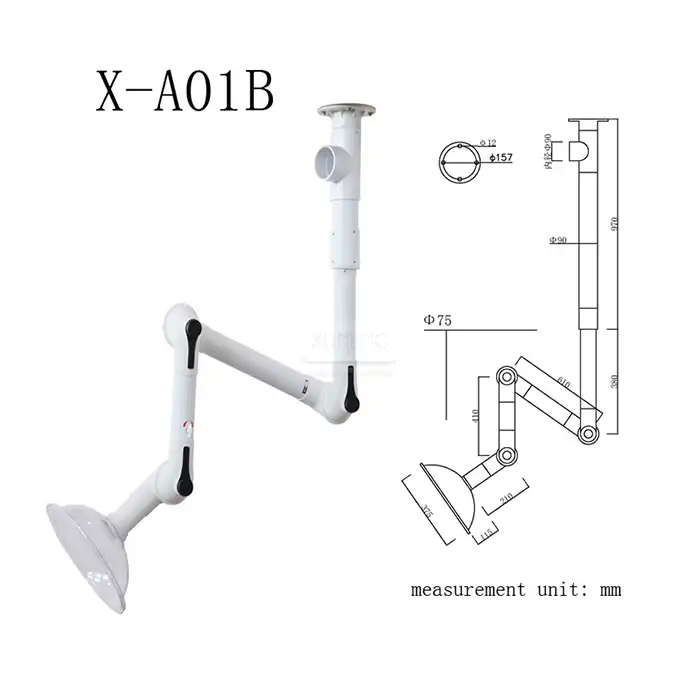
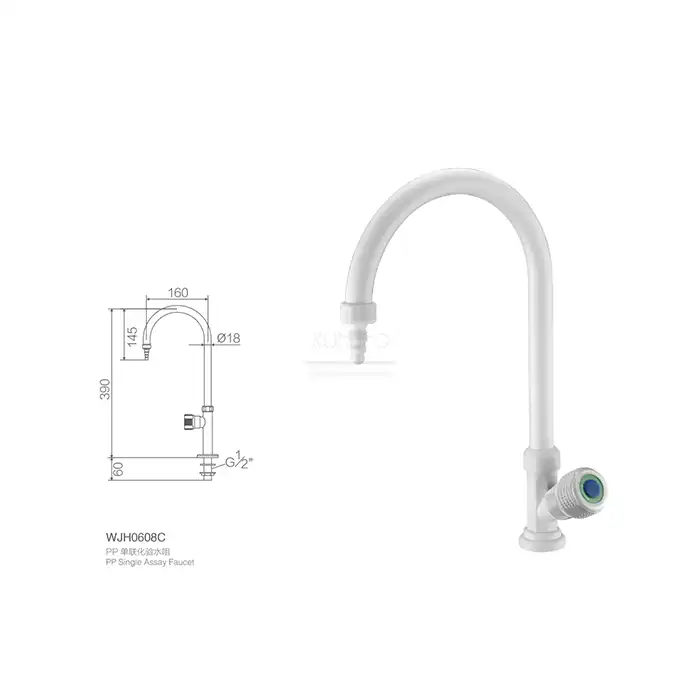
_1735392842145.webp)
_1735393517659.webp)
